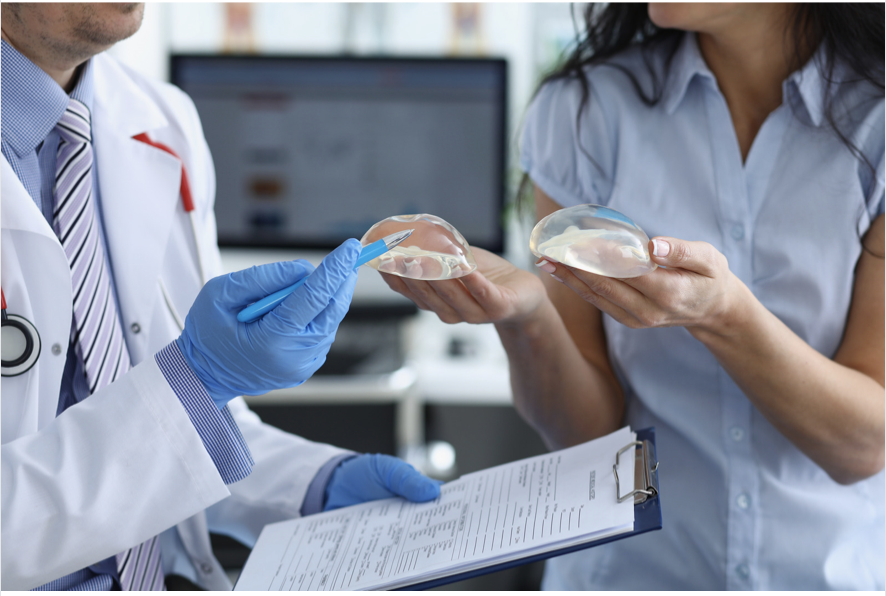Breast augmentation also referred to as augmentation mammoplasty, is a surgery performed to increase breast size and shape. Breast augmentation is commonly referred to by patients and society as a “boob job” or “breast aug” for simpler terms. Women sometimes get a breast augmentation to feel more confident, and for others, it’s a part of rebuilding the breast based on various conditions.
Why are breast augmentations done?
A breast augmentation surgery will enhance the appearance of your breast. Whether you feel they are disproportionate, too small, or don’t look right, the surgery can improve overall self-confidence and feeling. Women seek out breast augmentations for several reasons but most commonly due to a reduction in size after a pregnancy or significant weight loss. Breast augmentation surgery will also make your breasts symmetrical, leaving you with the perfect size, shape, and feel.
What to expect?
Breast augmentation can be done in a surgical center or hospital outpatient facility. You’ll probably be able to go home the same day. The procedure rarely requires a hospital stay. Often anesthesia will be used so you’re asleep during the procedure. Your plastic surgeon will present the options for anesthesia that are best for you.
What are the different types of breast implants?
There are various breast implants to choose from, but the most common two types of implants are silicone and saline implants. These two are very opposite in their chemical makeup and overall feel in your breast. They both serve the same purpose, but finding which is right for you is up to your plastic surgeon and yourself.
Silicone breast implants are filled with silicone gel. The gel feels a bit more natural, like breast tissue, and gives more volume. Silicone implants are the most versatile implant option and typically are the more expensive option. Silicone implants are FDA approved for women ages 22 and older.
Saline breast implants are filled with sterile salt water once placed inside of breast tissue. Saline implants give a more natural look and may work best with thinner tissue. Saline implants are generally less expensive, and the FDA approves saline implants for women ages 18 and up.
What are the risks?
While breast augmentation surgery may seem like a great solution, there are serious risks to consider. Below are common risks that may present themselves after the surgery:
- Scar tissue often referred to as a capsular contractor, may be present and may distort the shape of the breast implant.
- Breast pain after an invasive surgery may lead to intense pain and may hurt to move around.
- The longer that a breast implant is in, the more it ages, increasing your odds of infections.
- You may experience changes in nipple and breast sensation due to the new implants.
- The breast implant position may change or move over time, causing your appearance to shift and not look the same.
- Rarely, do breast implants leak or rupture. If this happens, be sure to contact your plastic surgeon right away.
If any of these occur, be sure to call or visit your plastic surgeon. These risks may require removing or replacing the implants.
Dr. Mucci specializes in a variety of different procedures and finds it beneficial to communicate your goals of breast augmentation surgery to create realistic expectations. Dr. Mucci believes that consultations are the key to a successful process and result in an organic process that lowers confusion, concerns, and post-surgery risks.


